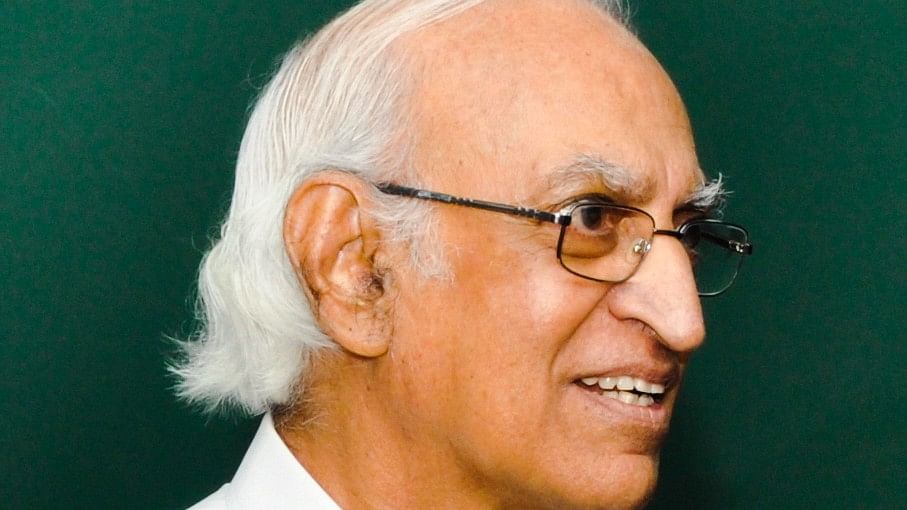
G Srinivasan
Credit: Special arrangement
Bengaluru: The Royal Astronomical Society (RAS) has conferred G Srinivasan, a former professor at the Raman Research Institute (RRI) in Bengaluru, with an honorary fellowship.
The citation for Prof Srinivasan credits his “outstanding scientific work” in the field of the evolution of neutron stars as well as for having made great contributions to astronomy education in India.
The London-headquartered RAS, founded in 1820, promotes the study of astronomy, solar-system science, geophysics and closely related branches of science.
Professor Srinivasan is only the 7th Indian recipient of this fellowship, after professors V K Gaur, Jayant Narlikar, Govind Swarup, Rajmal Jain, J Goswami and K D Abhyankar. The RAS 2024 awards were announced on Friday.
During 1976-2004, Prof Srinivasan served at RRI where his interests switched from condensed matter to Astrophysics. He worked extensively on the physics of neutron stars (formed after the collapse of massive stars), supernova remnants and the interstellar medium.
Prof Srinivasan, in 1982, explained the origin of the first millisecond pulsar. Pulsars are rotating neutron stars that emit radiation pulses at regular intervals. Millisecond pulsars spin hundreds of times per second.
Several predictions made by Prof Srinivasan during the 1980s were later verified using the European Space Agency’s XMM-Newton mission and the NASA-led Fermi Gamma-ray Space Telescope.
Upon receiving his PhD from the University of Chicago, Prof Srinivasan went on to work at the IBM Research Laboratory, Switzerland, Chalmers University, Sweden, and Cavendish Laboratory at the University of Cambridge.
Prof Srinivasan has served as the president of the Astronomical Society of India and the Division on Space and High Energy Astrophysics, International Astronomical Union. He has been on the Council, Indian Academy of Sciences, for 20 years.